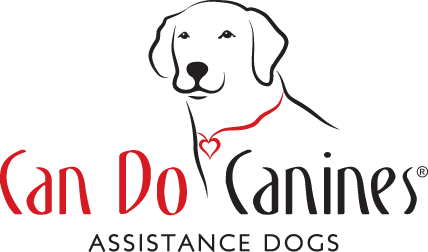We always recommend taking the first week to get to know the dog before starting outing training. However, that first week is the perfect time to begin the self-assessments. Start with the Level One Assessment no matter how old the dog is. Keep the assessment at hand to check off items or make notes regarding the key behaviors around the home. Otherwise, spend a little time each day working through the Common Cues. Be sure to note your appraisals of the cues, too; notes will help guide your training plan.
When working through the assessments, ask yourself these questions to help determine real proficiency. It's a good idea to try each cue or behavior several times in different scenarios to build an aggregate idea of the performance.
-
Does the dog perform the cue or behavior as defined?
-
Note that many skills include a duration component by definition!
-
-
Will the dog perform the cue or behavior in different locations around your home or property?
-
Can the cue or behavior be performed under normal "home" distractions, or does the dog require isolation?
-
Does the dog perform cues or behaviors equally well at different times of the day?
-
Will the dog respond in "real-time" versus only in the context of an established training session?
After completing the assessment, it's time to make your training plan!
-
Write down (or note within your phone, a Google Sheet, etc.) all the cues and behaviors you did not find proficient. These will be your priority, although you can, of course practice some routine upkeep on everything as you're able.
-
Under each cue or behavior that needs further training, add your notes as subpoints on what specifically needs work and in what situations.
-
Now that you have a list of points and subpoints (AKA a place to start!), pick a few subpoints to work on each day, and of course, be sure to note what you did and what to work on next time. When you feel the dog is proficient based on the definition and questions above, check it off on the assessment.
-
Do you have a subpoint that you don't see improving? Or you're not sure what to do? Schedule a one-on-one with Puppy Program or sign up for class.
-
Once the first assessment is completed AND everything is checked, move on to the next level.
This is exactly how we manage the training for Final Training dogs. Each new dog is assessed based on the final definitions of the Common Cues and Key Behaviors. Our trainers then make plans based on what points need to be trained or improved and take notes daily on what they did and how to proceed next. Having a plan helps keep training focused and ensures progress forward.




